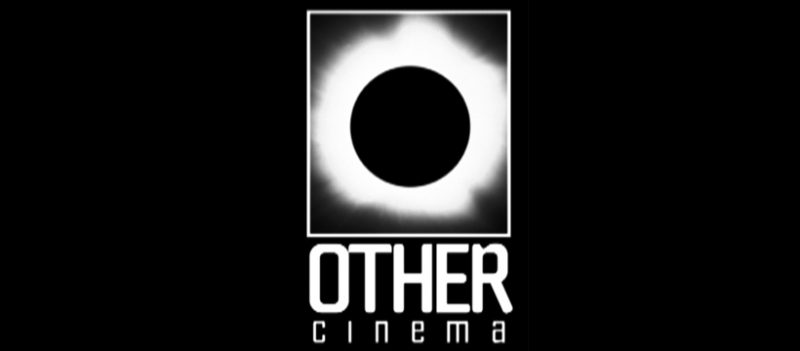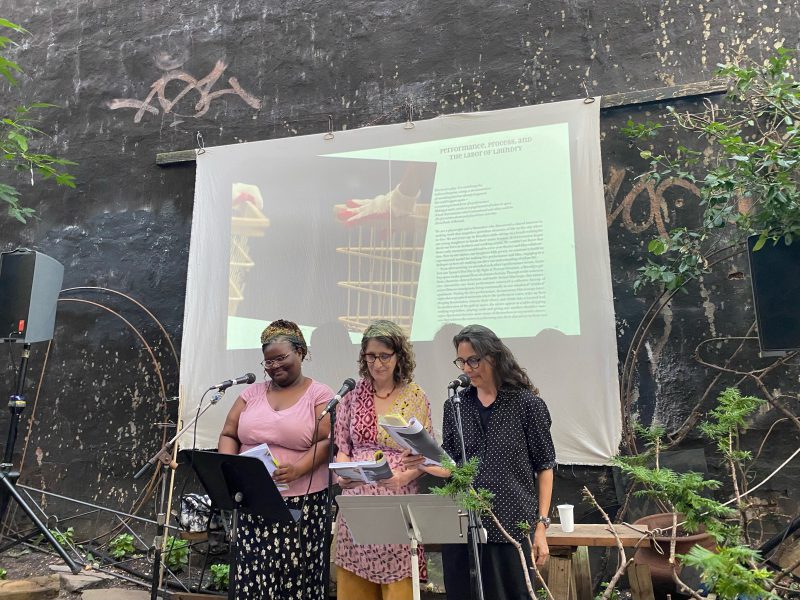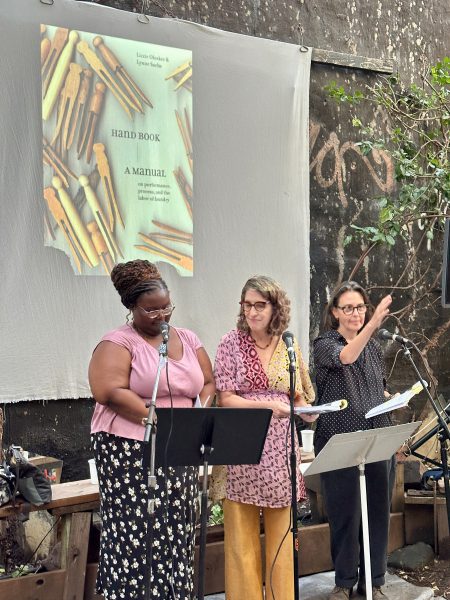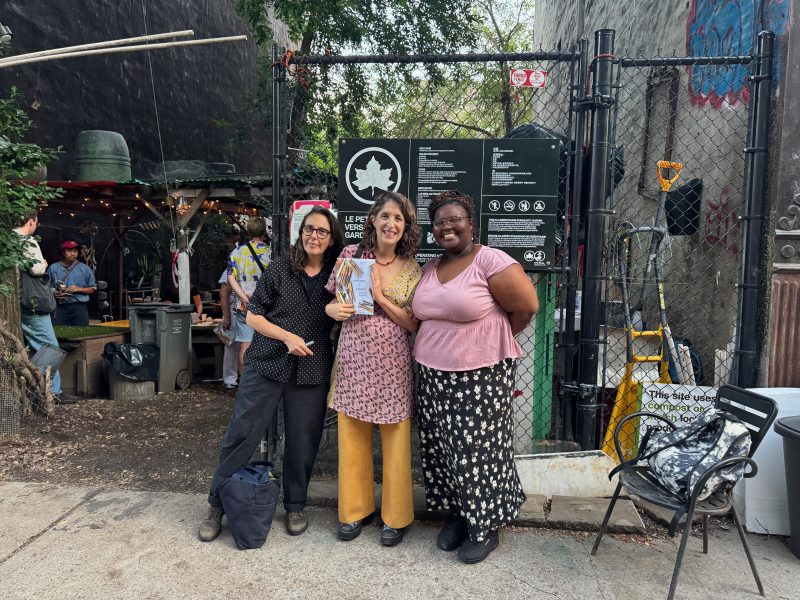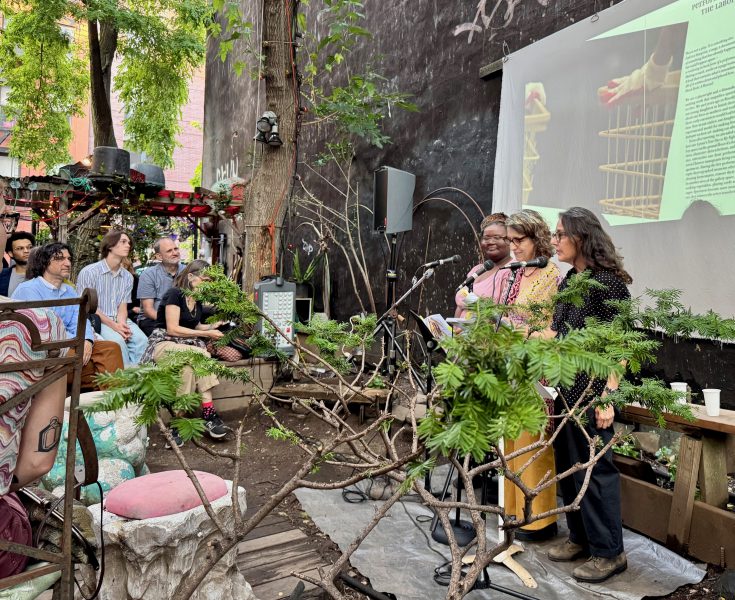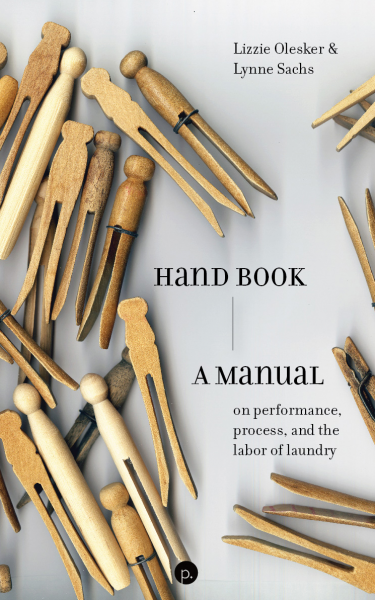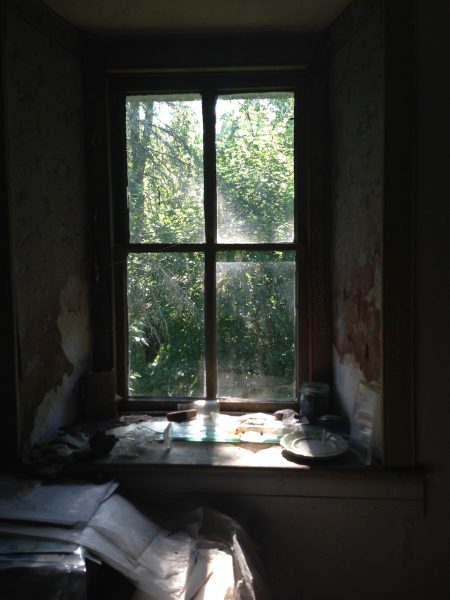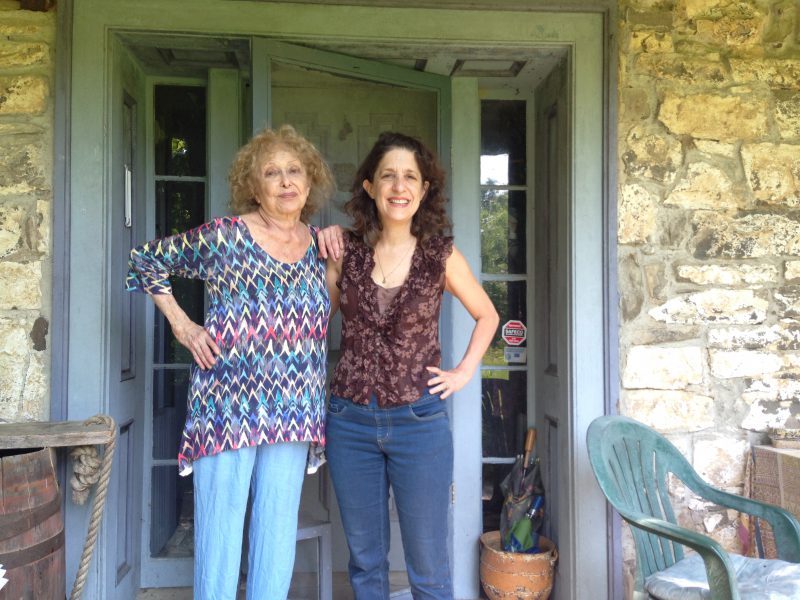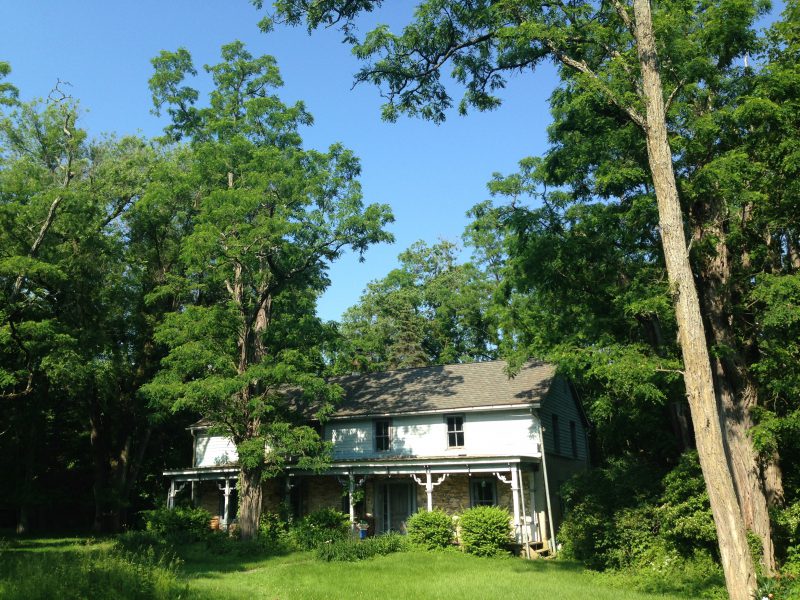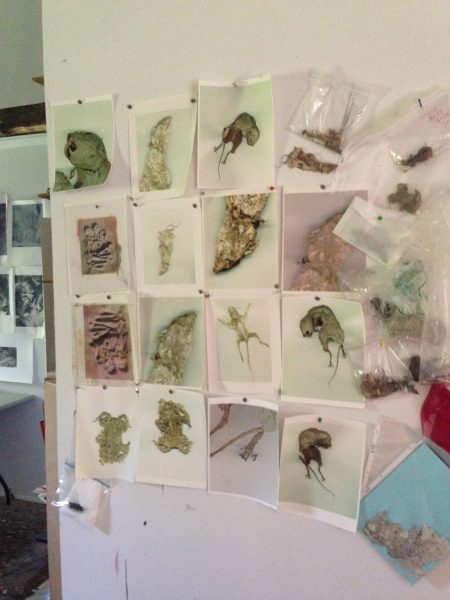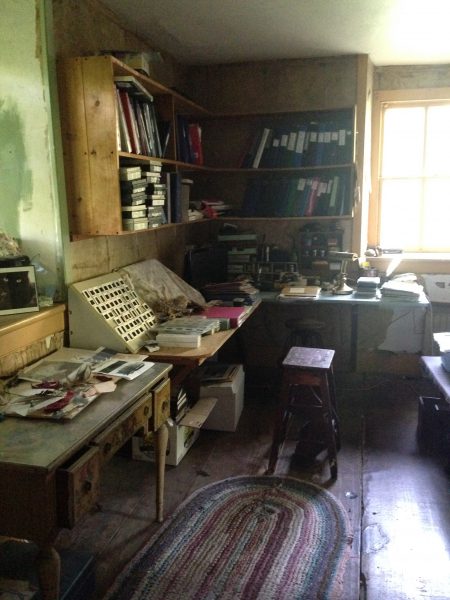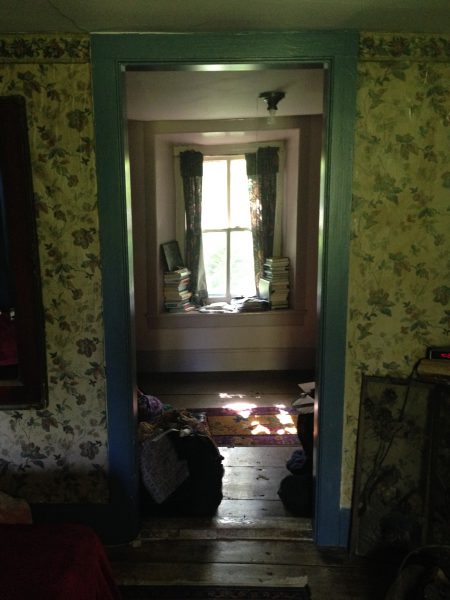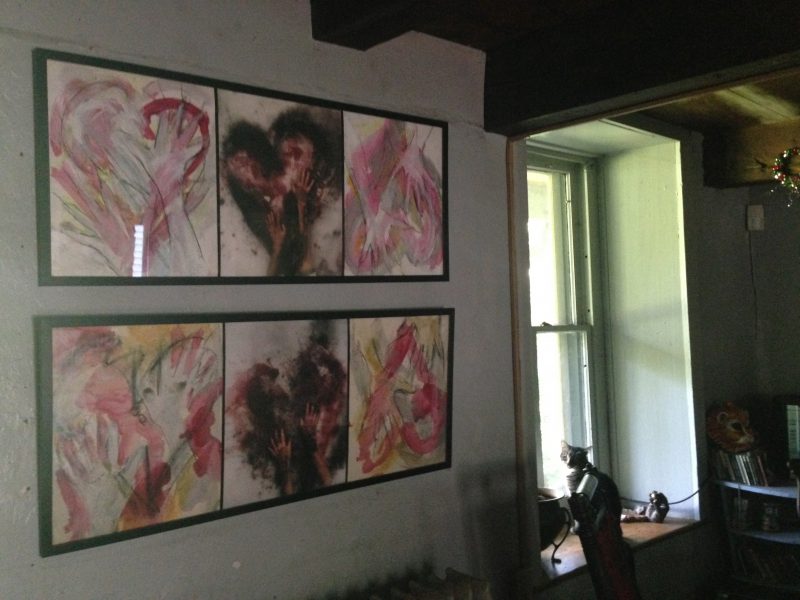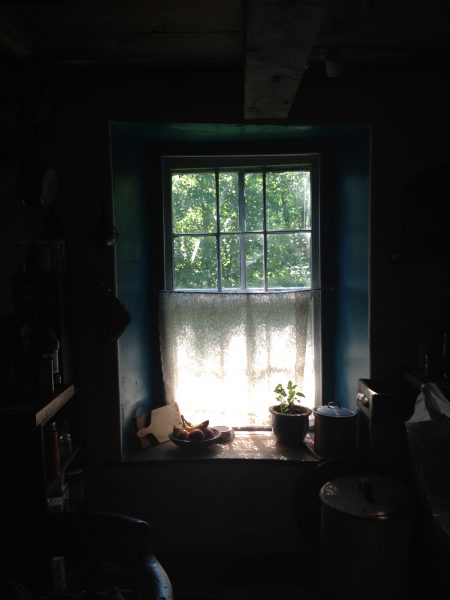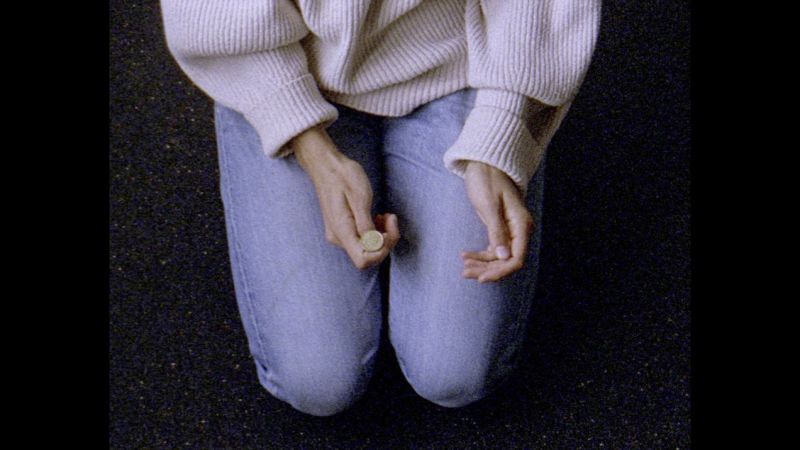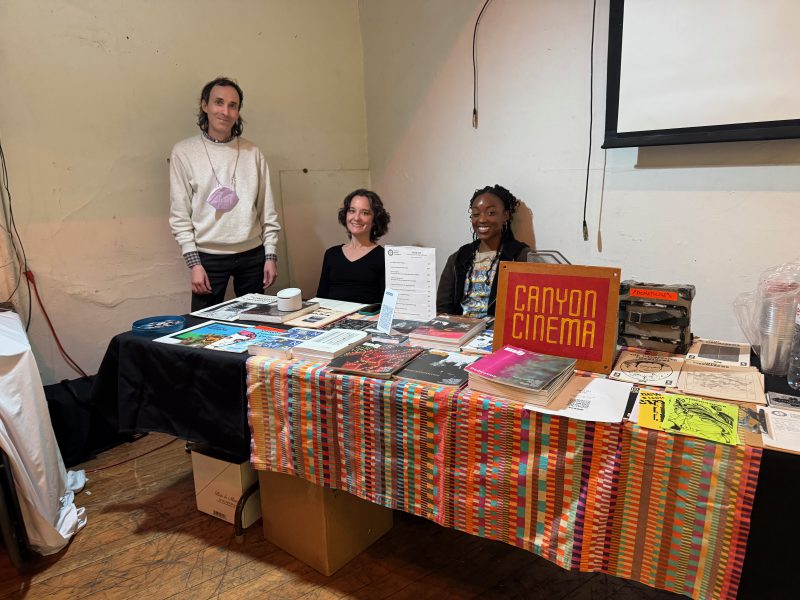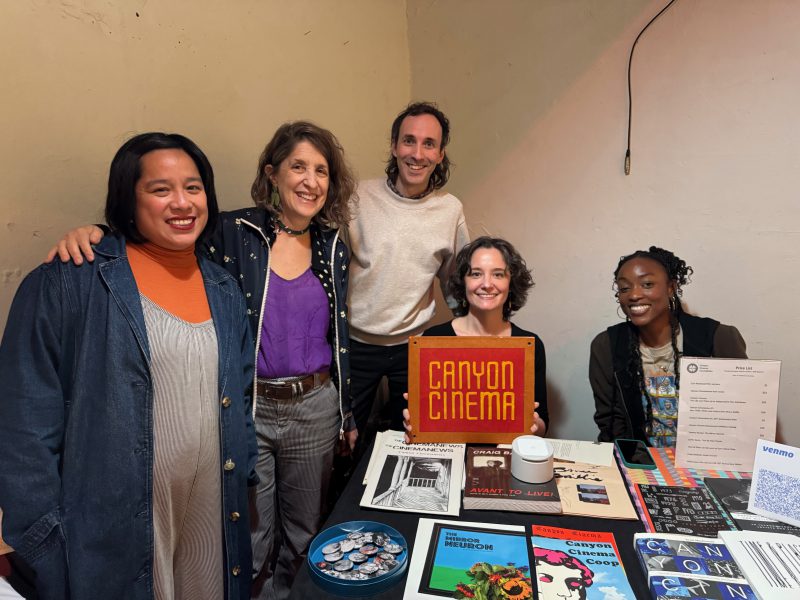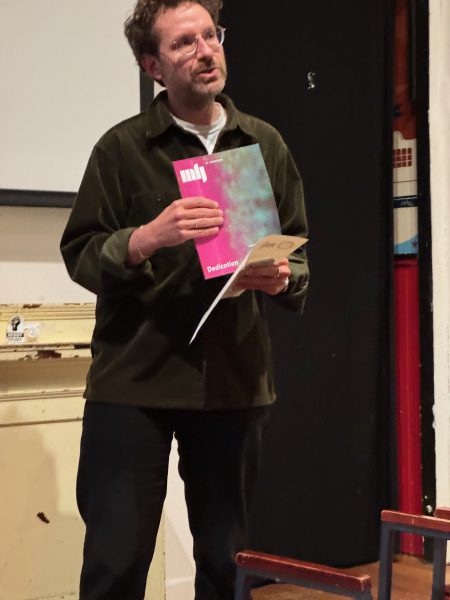
BAMPFA Collection
https://bampfa.org/event/gunvor-nelson-program-1
In Conversation: Steve Anker, Lynne Sachs, and John Sundholm.
Steve Anker is an expert on experimental film as a teacher, curator, and author.
Lynne Sachs (Brooklyn) discovered her love of filmmaking while studying in San Francisco, where she worked closely with artists including Gunvor Nelson.
John Sundholm is a Professor of Cinema Studies at Stockholm University.
A brilliant feminist classic, Gunvor Nelson and Dorothy Wiley’s first film is a dynamic polemic combining live action footage, print media, and broadcast television. Shattering the mass media’s sanitized idealizations of romance and motherhood, with loaded diapers and kitchen sink crud, Schmeerguntz is as hilarious as it is revolting. Nelson’s 1969 cinematic portrait My Name Is Oona is a magical and hypnotic portrait of her daughter set to a score composed from looping audio of the girl’s voice. Made on return trips to Sweden, Frame Line (1983) and Light Years (1987) both combine live action footage with animation techniques, creating gorgeous, layered reflections of Stockholm and the Swedish countryside, respectively.
—Kate MacKay
Films in this Screening
Schmeerguntz
Gunvor Nelson, Dorothy Wiley, United States, 1965
My Name Is Oona
Gunvor Nelson, United States, 1969
Frame Line
Gunvor Nelson, United States, Sweden, 1983
Light Years
Gunvor Nelson, United States, Sweden, 1987
Lynne has worked on various projects and writings dedicated to Gunvor Nelson:
– Remembrance Gunvor Nelson for Millennium Film Journal
– Time and Light : Gunvor Nelson’s Vision of Editing
– The Films of Gunvor Nelson
– Thoughts on the films of Gunvor Nelson
– Carolee, Barbara and Gunvor
Lynne’s Introduction
Gunvor Nelson: A Life ON Film
Lynne Sachs Introduction
Nov. 12, 2025
Pacific Film Archive
This is not a life IN film but rather ON film. She witnesses her life and interprets it.
Importance of Gunvor calling herself a filmmaker, like Mira Nair, mother of NYC’s next mayor.
She is a maker, this term comes out of the fine arts – like painting or sculpture. But it also has a relationship to the home – the homemaker. She was a working artist w a tactile personal relationship to her medium. She wanted to shape and engage with her tools and her technology. This made her feel empowered.
She was my teacher at the San Francisco Art Institute in the late 1980s.
What is your relationship to your professor? Will YOU find a mentor?
What did it mean to be her student?
I am a mentor/ teacher now and continue my own relationships.
Editing notes:
Against B roll:
Surprising solutions can be had with the most deficient of material if you let it speak to you; if you learn what really is in the film….”a cut away shot should be part of the film not just something to repair it”
A major aspect of editing involves finding the particular WORLD of the film, find the rules and laws (grammar) of that world that YOU build.
Gunvor suggests various methods of building MEMORY within the film….this is your chance to find its vocabulary and its grammar. This is a completely different ethos from the conventional structure of mainstream film where the FORM itself is consistent and it is the story that is expected to surprise you.
What happens between two shots is everything! It triggers ideas in YOUR mind. This is not the formula of narrative filmmaking where cause and effect, or the sequence of time leads the process.
Look for the gesture within each shot. Pay attention to the shot before and after to build meaning. These are forms of punctuation.
Study the shape and transformation of all forms, even the NEGATIVE SPACE. This is familiar to those of you in drawing class but may be new to others. Absence or emptiness creates transformative relationships of seeing within a frame. Brings about the activation of your eye and mind.
VISIBILITY of the cut could be really important. Draw attention to the action of the edit. She is a very assertive and brave CUTTER of images and sounds.
How is watching an avant-garde film a different experience of perception? “for traditional movies, we are actively engaged in the film by speculating on its resolution. In viewing the Avant Guard film, it is most often helpful to suspend questions like where we going? How is it going to end, and instead perceive the fundamental experience of the film itself.
“When you are really immersed, you, yourself, are totally interested in solving the problems of the film, then you forget how much work you were giving to it. Then the film emerges! Usually the solution seems just right and logical. Why did I not see it before? But it did take all that interest and study and hard work.
When I was so eager to complete my film,
I remember that she warned me that I would miss being inside it.
Talk about making Carolee, Barbara, and Gunvor. I made a film with her which you can see on Friday. Nov. 21 in part 3 of the series.
Schmeerguntz guided me in the making of my film A BIOGRAPHY OF LILITH. My Name is Oona sparked my ongoing films with my daughters: Photograph of Wind, Same Stream Twice, Maya at 24 and Noa Noa.
Story about her garden and the dead flowers.
This is a life ON film, her life.
Try to see everything in this series.


